Automatic CPU Overclocking:
ASRock includes a set of well-tuned CPU overclocking presets. The main profile settings for the 5960X CPU are as follows:
- Turbo 4.0GHz = 40x All-Core CPU, 30x Cache, 1.20V Adaptive VCore, Disabled VR settings, ‘Auto’ Input Voltage, Level 5 LLC
- Turbo 4.2GHz = 42x All-Core CPU, 30x Cache, 1.22V Adaptive VCore, Disabled VR settings, ‘Auto’ Input Voltage, Level 5 LLC
- Turbo 4.4GHz = 44x All-Core CPU, 30x Cache, 1.31V Override VCore, Disabled VR settings, 1.90V Input Voltage, Level 1 LLC
- Turbo 4.5GHz = 45x All-Core CPU, 30x Cache, 1.36V Override VCore, Disabled VR settings, 1.90V Input Voltage, Level 1 LLC
It is worth noting that you should disable XMP if your memory utilises a 125MHz BCLK, otherwise the system will apply the same multipliers which will result in ludicrous frequency goals.
The Nick Shih OC profiles are far more adventurous and are clearly tailored for LN2 cooling configurations.
We were able to use both the 4.4GHz and 4.5GHz profiles with perfect stability. However, the 1.36V CPU voltage of the 4.5GHz profile was too intense for the Corsair H100i – the CPU hit almost 90°C within seconds of Prime95 loading. 1.36V is more than I'd like to use on a 24/7 basis unless I was running a custom water-cooling loop.
Haswell-E chips may be efficient, but eight cores get hot when their voltage is pumped up.
I like the overall tuning of the 4.4GHz frequency profile; settings and voltage levels are sensible and seem safe for 24/7 usage with high-end air or AIO liquid coolers.
Manual CPU Overclocking:
To test the ASRock Fatal1ty X99 Professional motherboard’s CPU overclocking potential, we first increased the CPU VCore to 1.30V, Cache voltage to 1.25V, and CPU Input Voltage to 1.90V. We also disabled Integrated VR ‘Faults' and ‘Mode', and applied level 1 LLC.
We maintained the DRAM frequency at 2666MHz in order to take its stability out of the overclocking equation. Cache frequency was maintained at 3.0GHz.
ASRock’s segregation of CPU and motherboard settings makes the relevant parameter easy to locate. Overclocking in ASRock’s UEFI is a straightforward procedure that will be welcomed by gamers who aren’t well-versed in searching through BIOS settings.
We hit our 5960X CPU's 4.4GHz frequency limit with the typical voltage level of 1.30V. We like this setting because it offers a tameable level of heat output and stability.
We recorded a voltage overshoot of 0.012V on the CPU core, which is a respectable level for ASRock's chosen Intersil ISL6379 hybrid (not fully digital) controller.
The CPU Input voltage, however, showed a 36mV overshoot which is more than we would typically like to see from a high-end motherboard.
Our validation can be viewed here.
Memory Frequency Performance:
Support for high-speed memory kits has been a particularly troubling topic since the X99 launch. We test the motherboard's ability to load the 3000MHz XMP configuration on our G.Skill Ripjaws4 DDR4 memory.
I did not have positive hopes for 3GHz memory capability from our G.Skill Ripjaws4 kit, especially when the Fatal1ty X99 Professional could not run the slower – 2666MHz – sibling.
So I was pleasantly surprised when I saw the system boot at 3GHz memory clocks without issue. ASRock's board was able to read the XMP settings and correctly adjust to a 125MHz BCLK. The CPU core multiplier was dropped to compensate, which resulted in all-core turbo being disabled (irrelevant of whether it was set to enabled or not).
The 3GHz memory worked perfectly in Windows and did not throw up any stability issues. ASRock bumps the CPU Core voltage up to around 1.15V in order to facilitate the 125MHz BCLK.
G.Skill's 3GHz XMP setting should run at 1.35V but ASRock's board applied 1.36V. Unrequested DRAM over-voltage is a clear trend for ASRock's Fatal1ty X99 Professional, and is something that I do not like to see on a high-end motherboard filled with overclocking features.
If a user or component asks for 1.35V or 1.20V, that's what should be fed – not 10 to 50mV greater.
The validation can be viewed here.
 KitGuru KitGuru.net – Tech News | Hardware News | Hardware Reviews | IOS | Mobile | Gaming | Graphics Cards
KitGuru KitGuru.net – Tech News | Hardware News | Hardware Reviews | IOS | Mobile | Gaming | Graphics Cards


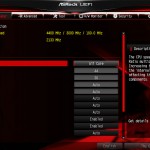
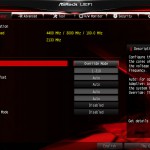
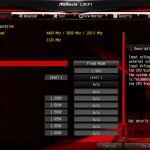
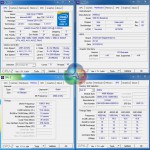
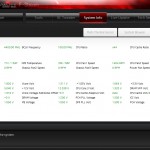
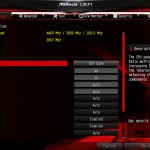
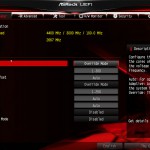
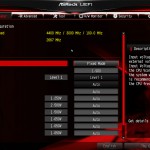
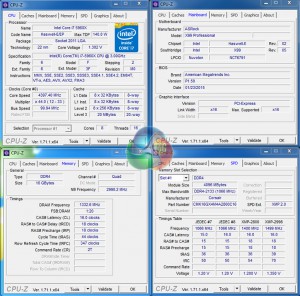
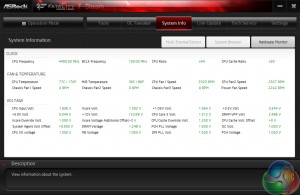
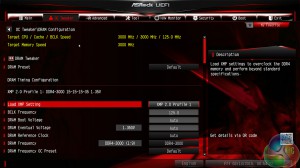
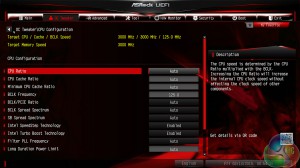
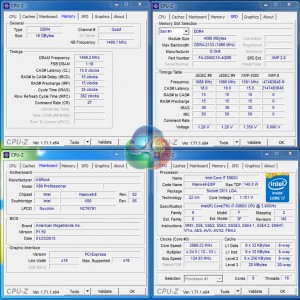
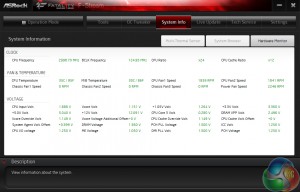

Its quite controversial for a company linked to overworked employees suicides to name their product Fatality…
♪♪get $73 every /hr@ac23:
Going Here you
Can Find Out,
►►► http://CareerMaxJobs91.biz/live/trades/onlines…
You guys make some weird choices. You have trouble using the 2666MMhz g.skill memory and opted to use memory from Corsair, but later in the review you say that the 3000Mhz G.Skill memory was performing fine. So why not do the main tests with the 3000Mhz memory instead of 2666Mhz memory from another manufacturer. It seems to me that the 3000Mhz and 2666Mhz memory modules of G.Skill are closer to each other than 2666Mhz memory from different manufacturers..
so what’s better for gaming the z170 or the x99